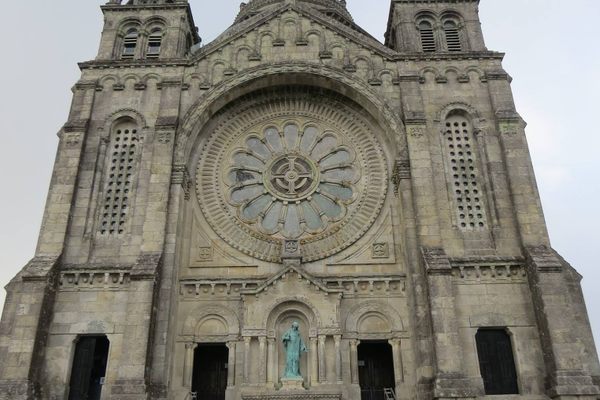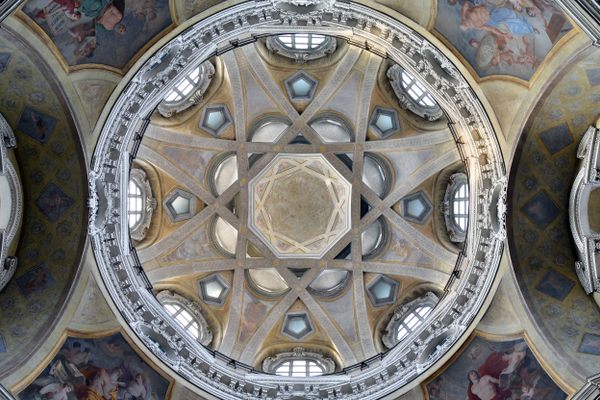Church of Agios Spyridon
The historic building has preserved human organs, unusual hexagrams, and scars from a political assassination.
The Kingdom of Morea was the official name the Republic of Venice gave to the area it ruled in southern Greece. The important port of Nafplio was part of this area. The Venetians allowed freedom of religion, so in 1702 the Nafplian Brotherhood of Orthodox Greeks openly raised funds and built the Church of Agios Spyridon in the center of the city.
The church was built as a single dome basilica with numerous Byzantine paintings on the walls, the most stunning being a colorful fresco of the First Ecumenical Council of Nicaea. A hexagram was also placed on the floor, which is an oddity for Greek Orthodox churches.
Nafplio was retaken by the Ottoman Empire in 1715 and remained under Ottoman occupation until it was named the capital of the First Hellenic Republic at the start of the Greek Revolutionary War in 1821. Shortly after Greece won its independence from the Ottoman Empire in 1831, Greek head of state Ioannis Kapodistrias was assassinated at the entrance of the Church of Agios Spyridon by members of a rival clan with different political views on how the new country should be led.
Kapadistrias’s embalmed body was put on display in his mansion for several days after his death, and since a funeral in the church where he was assassinated was deemed inappropriate his funeral was held in the nearby Church of Aghios Georgios. Shortly thereafter, his internal organs were put in a casket and placed under the altar at the Church of Agios Spyridon. A bell tower was constructed in 1853 and a few minor renovations have been the only changes since.
The church still displays bullet damage from the assassination, with a mark made by the bullet that allegedly killed Kapodistrias framed in a brass and glass case located on the right side of the entrance.
Know Before You Go
The church is open sporadically during the day and early evenings, holds liturgy every Sunday, and commemorates St. Spyridon with a feast each year on December 12.
Dress codes vary from church to church in Greek Orthodoxy. If you wish to enter the church, a proper show of respect to the church and its members is achieved by modest clothing and proper behavior. For men shorts, tank tops/sleeveless shirts and sandals/flip flops are frowned upon. Women's shoulders should not be shown in church so anything strapless or with thin straps should be avoided. Skirts and dresses should at a minimum come below the knee. Some churches ask that no leg be shown. Feet should be keep on the ground when seated, as is considered insulting for feet to face holy images.

































Follow us on Twitter to get the latest on the world's hidden wonders.
Like us on Facebook to get the latest on the world's hidden wonders.
Follow us on Twitter Like us on Facebook